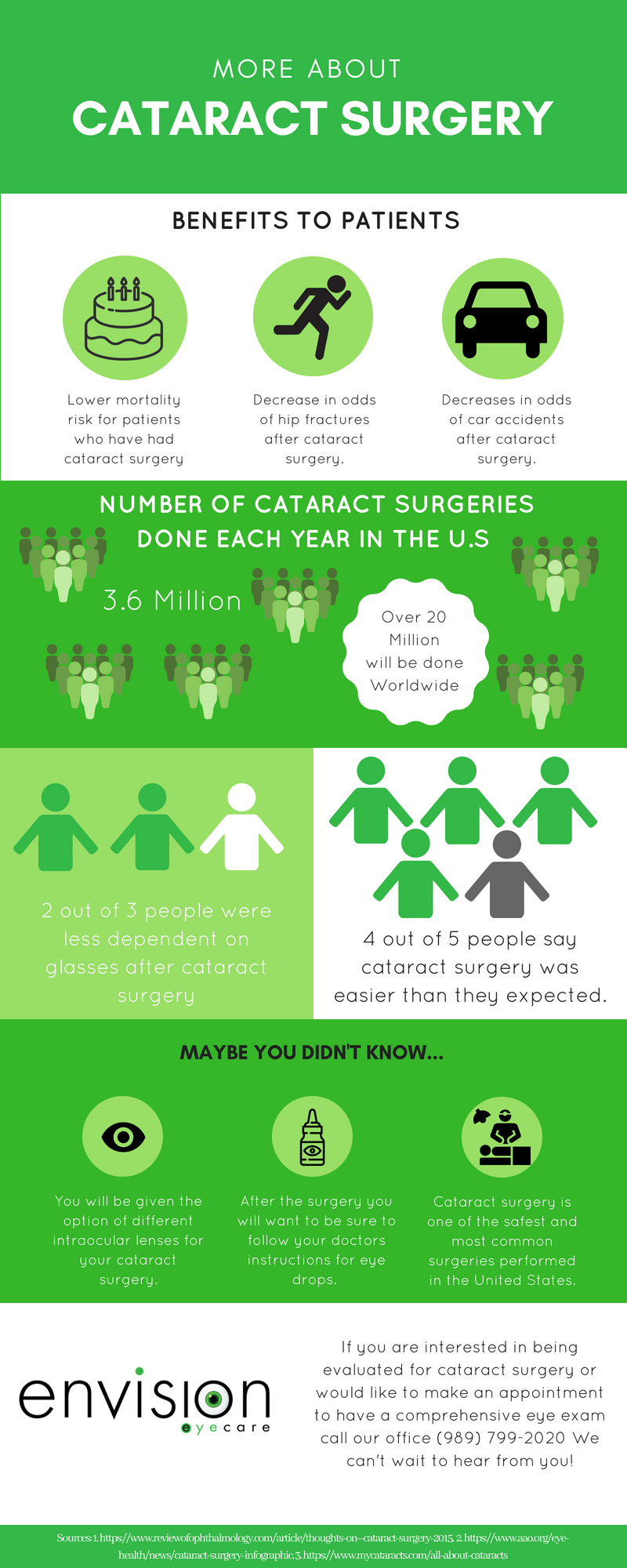An In-Depth Exam Of Modern Cataract Surgery Approaches
An In-Depth Exam Of Modern Cataract Surgery Approaches
Blog Article
Author-Cullen Thestrup
As you discover the advancement of innovative cataract surgical treatment methods, you'll witness a journey noted by ingenuity and accuracy. From ancient approaches that led the way for modern technologies to cutting-edge technologies that are changing the area, the detailed overview of cataract surgical procedure methods is a testament to human progression and commitment to enhancing individual outcomes. The intricate interaction between historic strategies and futuristic advancements creates a fascinating story that sheds light on the evolution of among the most usual procedures worldwide.
Historic Techniques and Developments
Discover exactly how early surgeons changed cataract therapy by utilizing innovative methods and devices. In the past, cataract surgical treatment was a risky and agonizing procedure. Nonetheless, ancient Indian physicians were amongst the very first to attempt medical interventions for cataracts, making use of a strategy called 'formulating' where a sharp instrument was used to press the cataract back right into the eye. This method, though crude by today's standards, prepared for future innovations in cataract surgical treatment.
As time progressed, Arab doctors made considerable payments by developing specialized needles for cataract removal. These needles were used to puncture the cataract and then extract it from the eye, noting a significant enhancement in surgical precision.
Later on, in the 18th century, the French specialist Jacques Daviel pioneered the technique of extracapsular cataract extraction, where the whole lens was removed undamaged via a bigger cut. look at here now marked a significant advancement in cataract surgical procedure strategies, paving the way for the modern treatments we utilize today.
Modern Surgical Approaches
Early methods in cataract surgical treatment have advanced dramatically, resulting in the advancement of modern medical methods that prioritize accuracy and improved individual outcomes. Modern cataract surgical treatment now typically entails a procedure called phacoemulsification, where an ultrasonic device separate the cataract for removal via a small laceration. This method allows for quicker healing and reduces the danger of difficulties compared to older techniques.
Additionally, the use of innovative intraocular lenses (IOLs) has actually transformed cataract surgery outcomes. These lenses can fix not only the cataract but also other refractive mistakes like astigmatism, lowering the need for glasses post-surgery.
Surgeons today likewise have access to sophisticated imaging technologies that help in accurate preoperative planning and intraoperative decision-making. Optical comprehensibility tomography (OCT) and various other imaging modalities give comprehensive images of the eye's frameworks, permitting a much more tailored approach to each person's surgery. With these advancements, modern cataract surgery strategies remain to enhance, using patients safer procedures and far better visual outcomes.
Arising Technologies in Cataract Surgery
With innovations in technology changing the area, cataract surgical treatment is observing the assimilation of cutting-edge techniques for enhanced patient outcomes. Emerging technologies in cataract surgical treatment are improving the landscape of sensory procedures. One such innovation is femtosecond laser technology, which permits exact corneal cuts, capsulotomies, and lens fragmentation, causing boosted medical precision and outcomes.
Additionally, intraoperative aberrometry is acquiring popularity, making it possible for real-time dimensions of refractive errors throughout surgery to enhance intraocular lens power calculations and lower postoperative refractive shocks.
Moreover, the use of advanced imaging modern technologies like optical coherence tomography (OCT) and intraoperative wavefront aberrometry aids cosmetic surgeons in specific surgical preparation and implementation. These tools give thorough physiological details and aid customize surgical techniques for every client's one-of-a-kind eye features.
Additionally, growths in expert system are being explored to assist in preoperative preparation, intraoperative decision-making, and postoperative care, potentially maximizing medical outcomes and individual fulfillment. Welcoming these arising modern technologies in cataract surgical treatment holds pledge for additional improving person outcomes and making sure the continued development of ocular surgical techniques.
https://www.phillyvoice.com/laser-eye-surgery-faq-what-you-need-to-know-059991-ic/
As you journey through the background of cataract surgery, you witness the change from ancient practices to innovative modern technologies. Like a phoenix climbing from the ashes, cataract surgical treatment has advanced into a beacon of hope and technology.
Just as a caterpillar arises from its cocoon as a lovely butterfly, cataract surgical treatment has actually developed right into a polished art form, offering clients clearer vision and a brighter future.
The advancement continues, beaming a light on countless opportunities.
